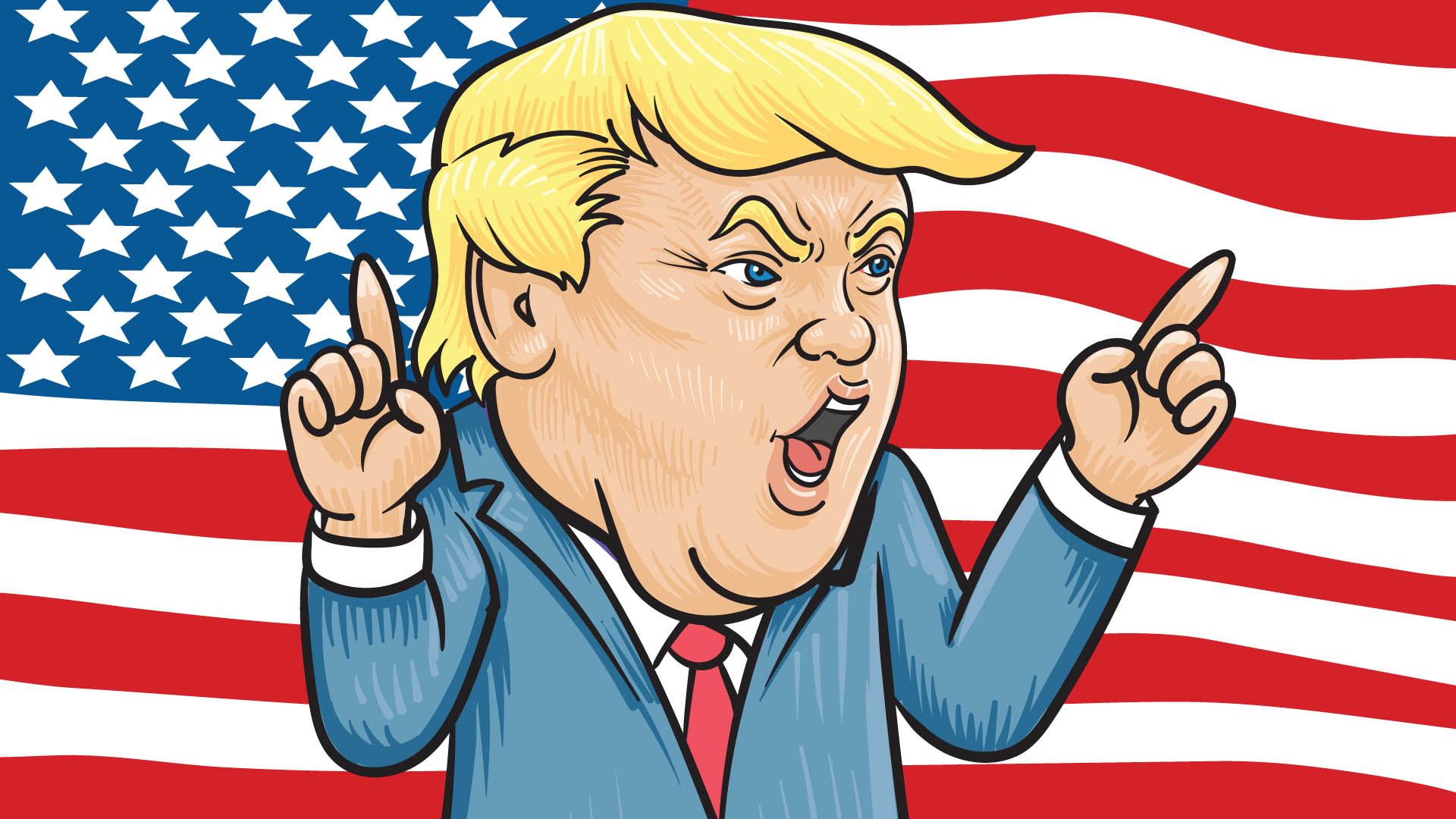American analysts won’t say so, but some outside the US are—this week saw the start of what could end up being called the Great Trump Rotation as investors abandon stocks perceived to be in the way of the former President’s presidential ambitions, such as companies using products, importing them, or working with companies from Taiwan, China, or Europe.
It is no coincidence that the worst slide since April was triggered by Trump’s acceptance speech at the Republican convention midweek, after he cast doubt on US support for Taiwan in a media interview, and after his Vice President Nominee, JD Vance, echoed his boss’s views in his speech to the convention.
This came as a big rotation was triggered by a more confident Fed chair on easing inflation, with the suggestion of easing official interest rates.
The result: three days of selling big tech stocks—the ‘Magnificent Seven’ now unwanted as investors rediscovered the attractions of the staid old Dow 30 and smaller cap companies. The S&P 500 fell 0.71%, ending the week at 5,505.00. The Nasdaq dropped 0.81% to 17,726.94, and the Dow wasn’t spared, falling 377.49 points, or 0.93%, to 40,287.53 as the great global communications outage caused by a software update to Microsoft products and the cloud paralyzed transactions everywhere—airlines, government, media, retailers, and more.
The fallout from the outage will be a continuing story for some time to come. It is a significant wake-up call about the fragilities of global markets and systems, not to mention domestic markets and systems of all sizes.
The Trump impact magnified the rotation set off by comments Monday from Fed Chair Jay Powell that the central bank is close to its first rate cut.
While investors hunted for companies viewed as bigger beneficiaries of rate cuts from the Fed, like small caps, that wasn’t enough on Friday.
For the week, the S&P 500 and Nasdaq slipped 1.97% and 3.65%, respectively, for their biggest weekly losses since April. The tech-heavy Nasdaq also ended a six-week win streak. On the other hand, the Dow advanced 0.72%, while the small cap-focused Russell 2000 climbed 1.68%.
The information technology sector led the broad S&P 500 lower with a near 6% drop, explained by a 5.1% drop in the value of Apple, 3.5% for Microsoft, and 9.8% for Nvidia. In fact, it is hard to believe that Nvidia is within sight of falling into correction territory—its all-time high was reached on July 10 at $134.91. Its close Friday was $117.93.
Those moves left Apple on top of the most valuable company chart at $3.44 trillion, followed by Microsoft with $3.25 trillion and Nvidia at $2.90 trillion.
For the time being, the day of the megacap AI stocks and their wannabes is over.
But perhaps not Apple—it is really a huge technology procurer and retailer of hardware and software like iPhones and iPads, and a growing fleet of services to more than two billion subscribers around the world. Its shares might have fallen last week, but they were up 0.6% in Friday’s confusion and chaos.
The near 6% drop in the S&P 500’s technology sector cut about $900 billion in market value because of the rotation. The tech decline was partly offset by big gains in areas such as financials, industrials, and small caps.
The global tech outage Friday will add to the feeling of unease about the stability of the tech sector. That a software upgrade designed to protect systems against cyber strikes could go wrong has stunned investors and analysts.
The New York Times explained that "The chaos all stemmed from a software update sent by CrowdStrike, which is based in Austin, Texas. When the new code reached computers that run Microsoft Windows software, the machines began to crash. Experts said the disruption reached 'historic' proportions."
Some analysts said just imagine if that had happened in a world full of services and other programs running on AI with no backups.
"Companies could be less trusting of their cybersecurity providers, which could make them more vulnerable to attacks. Or, they could begin to more cautiously roll out updates, which experts recommend,” the NYT reported.
“The stock market is experiencing a long overdue rotation,” said Glen Smith, chief investment officer at GDS Wealth Management. “Investors are taking money out of big tech stocks, which have performed so well, and moving that money into other areas of the market.”
The software update was from CrowdStrike, whose shares lost 11%, or around $8 billion, on Friday. They closed at a market value of a still considerable $74 billion.
This Thursday sees the first estimate of US second-quarter GDP (around 2% forecast from 1.4% in the March quarter), and Friday sees the release of the June reading on the Fed’s preferred inflation activity and prices measures—the Personal Consumption Expenditure data and the core price reading. Look for a dip towards 2% in the core reading from 2.6% in May.














